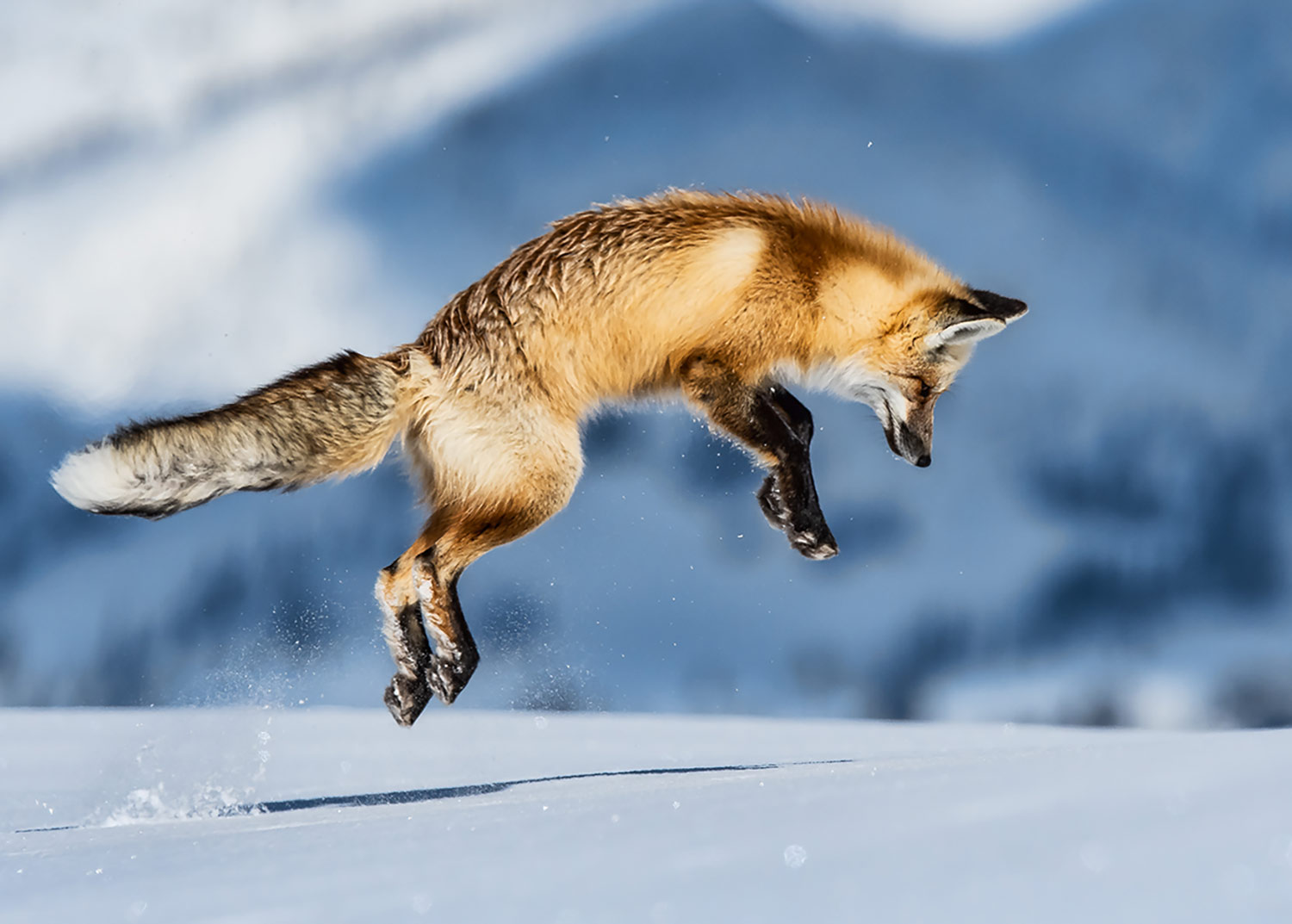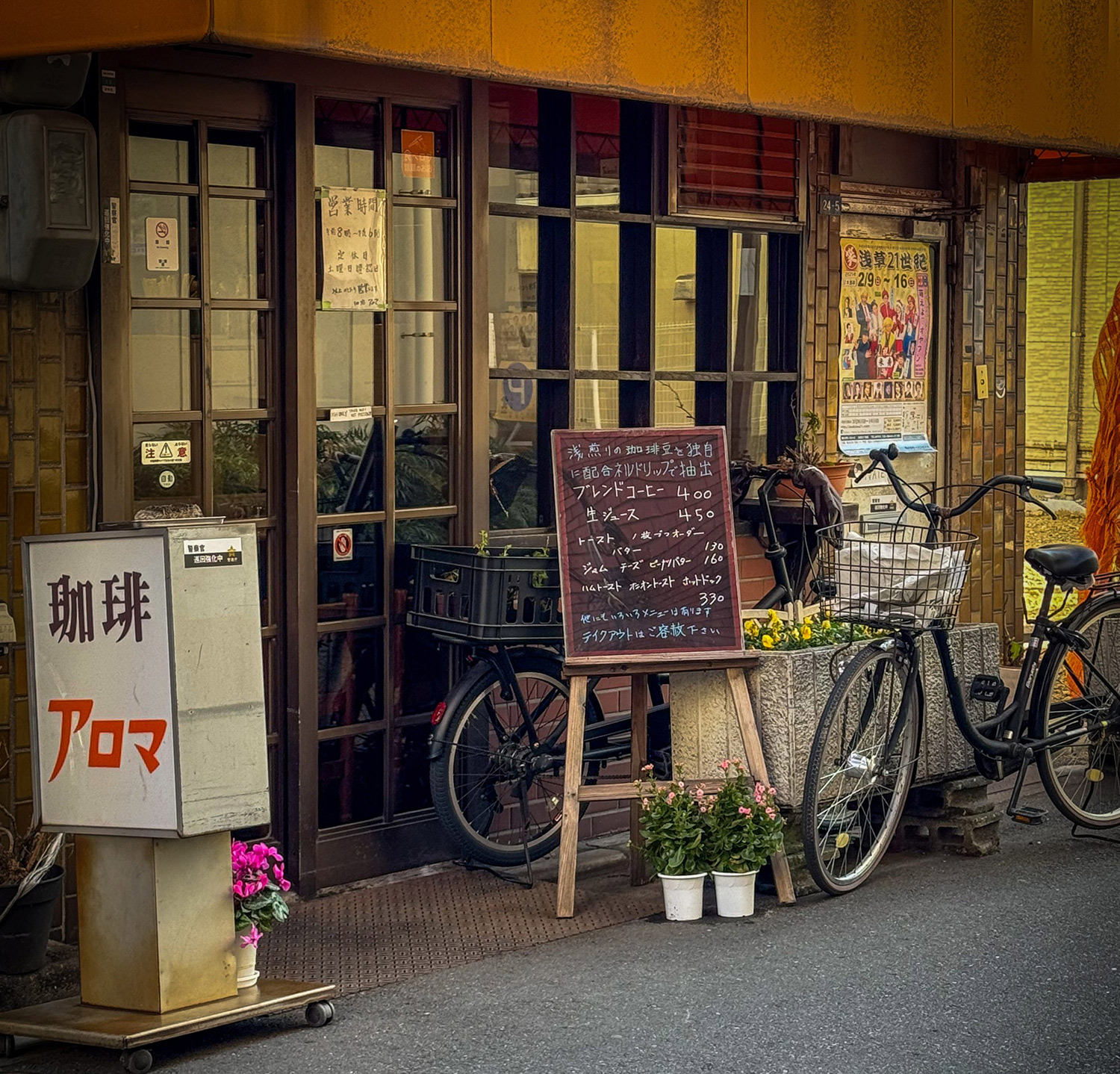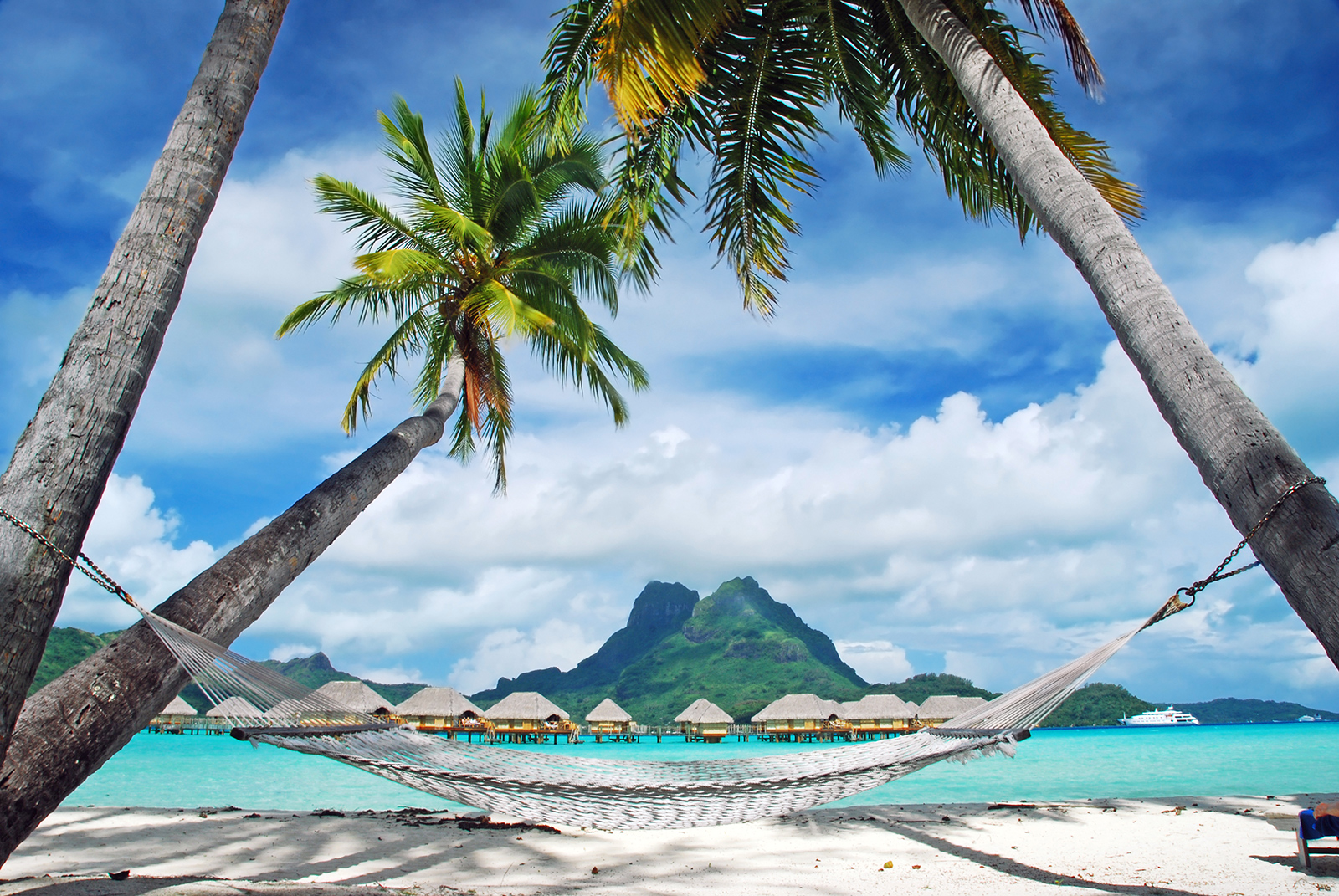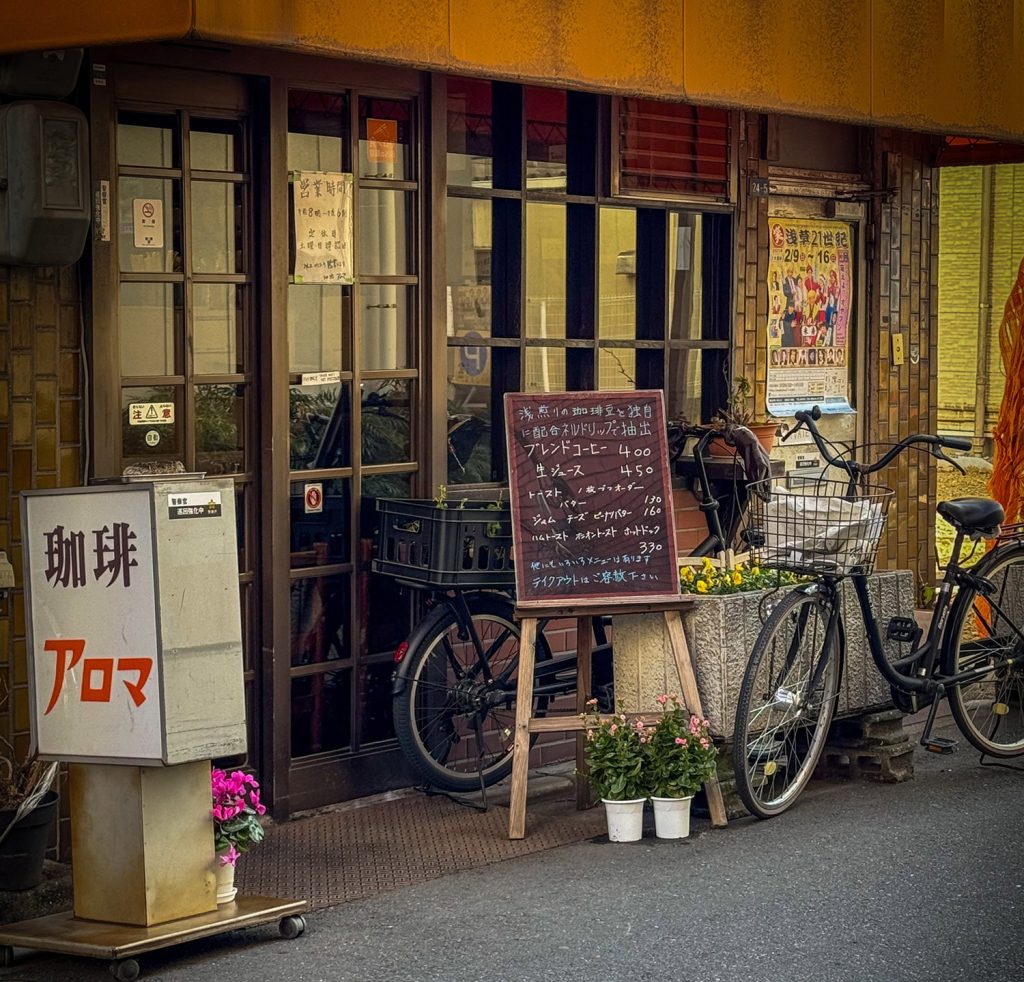It may seem that getting a reservation to camp at Slough Creek Campground at Yellowstone National Park, Wyoming can be as easy as being the early bird and going online at the official National Parks Reservations site as soon as the season opens up. Guess again.
This ritual may also require burning sage, some voodoo chanting, and wearing those bracelets with all your favorite good luck trinkets. The bottom line, this campsite is usually 100% booked year-round, but there is hope, so hang in there.

On the good news front, there are incredible alternatives nearby Yellowstone National Park and these are also free to camp at. You can scroll to the bottom to get the skinny if you’re not feeling the mojo about the Slough Creek Campground, but still crave some nature time in Yellowstone National Park.
Not that we’re saying you can’t book a stay under the starry nights at one of their 16 camp spots. But it’s dog eat dog when it comes to the art of booking a reservation so we’ll offer an inside tip – You can apply on the government’s early access lottery where you might get lucky and you can also get alerts for any cancellations at the Dyrt website.
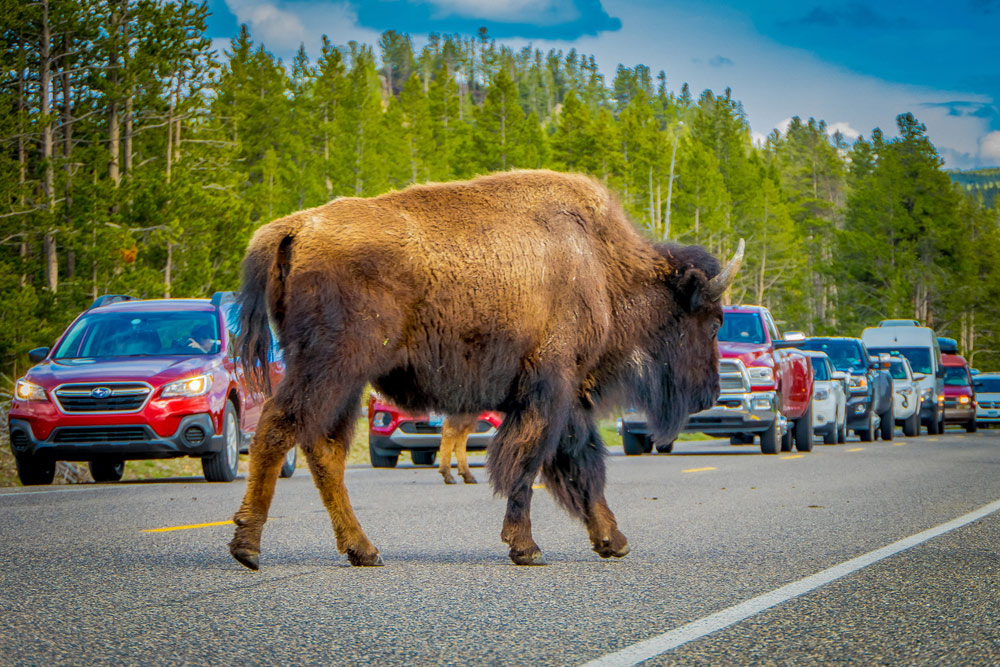
Why Is The Slough Creek Campground So Popular?
Nestled in the heart of Yellowstone National Park lies the majestic Slough Creek campground. An area packed with wild wonders, this spot is perfect for camping and exploring nature. With stunning scenery, abundant wildlife, and a tranquil atmosphere, Slough Creek is a must-visit destination for any outdoor enthusiast.
Slough Creek Campground in Yellowstone National Park is the perfect place to explore the wild wonders of the park. Carved by glaciers and fed by the Lamar River, the grasslands that cover this valley are easily accessible on Highway 212 and attract the biggest land species in the park—bison, elk, moose, and bears. Wolves are also found here.


A wealth of nearby attractions awaits in the area, among them the Slough Creek Trail which winds its way through the stunning Absaroka-Beartooth Wilderness, beyond the renowned park.
Aspiring hikers can tackle a demanding incline to start off their journey, with the first meadow welcoming them to either take a breather or forge ahead to the second one. Wildlife watchers will delight in the scenic Lamar Valley, while anglers may want to try their luck in the nearby rivers and lakes. All in all, it’s the best of the best when it comes to relaxing while enjoying nature.
Bears and moose are especially common in the area, with black bears often spotted near Tower Fall and Tower Junction, and grizzlies often seen in the Lamar Valley and on the north slopes of Mount Washburn. Road pullouts provide excellent places from which to watch these majestic creatures. If you’re a fan of bears, you’d enjoy one of our top African safaris, throwing lions and tigers into the mix.
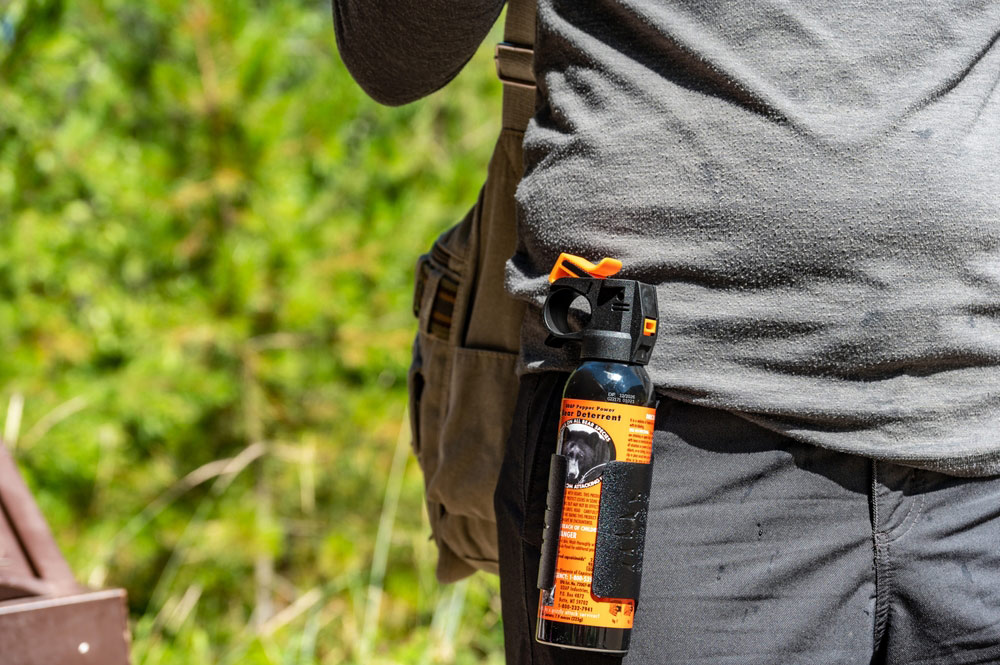
Camping at Slough Creek
The campground is best suited for tents and smaller RVs (no longer than 25 ft.) and offers food storage lockers, trash/recycling collection, vault toilets, and staff or volunteer hosts on-site (seasonal). Potable water may not be available at the campground, so visitors should plan accordingly. We’ll talk more about that in the “need to know” section.
Slough Creek Trail
Slough Creek Trail is a scenic trail in Yellowstone National Park. The trail follows Slough Creek as it winds its way through meadows and forests, providing stunning views of the park’s varied landscapes. The trail is relatively flat and is suitable for hikers of all abilities. It is a popular spot for wildlife viewing, and visitors can often spot elk, bison, and grizzly bears along the way. Yes, we’re putting bear spray in the “need to know” section.

There are several campsites at the trailhead and along the trail, so it is a great option for overnight backpacking trips. Slough Creek Trail is a great way to explore the beauty of Yellowstone and experience its diverse wildlife.
For those who want more of a challenging hike, the Specimen Ridge Trail is the hardest hike in Yellowstone, at 17 miles with an elevation gain of 3,800 feet. Along this trail, you’ll be able to spot bison, bears, bighorn sheep, and antelope. You might find glamping across the globe another way to explore nature and all its wonders.
In Essence, the Slough Creek Trail is a great option for those seeking a less strenuous day hike. The optional route is 2.6 miles (4.2 km) to the second meadow, making the total hike 8.6 miles (13.6 km). If you encounter horses or horse-drawn wagons, move to the downhill side of the trail and remain still until they have passed.
Things You Need To Know When Camping At Slough Creek Campgrounds
When exploring the wilderness, safety should always be a priority. Before setting out on your hike, check the Yellowstone Backcountry Situation Report for current conditions and familiarize yourself with the Safety in Yellowstone guidelines.
- Bear spray is highly recommended for any outdoor activity.
- As we mentioned, shorter vehicles only for this campground, as it has a very tight turnaround – vehicles longer than 25 ft (7.6 m) are not recommended.
- Camping is seasonal and Camping is limited to 14 days from July 1 through Labor Day (first Monday in September) and to 30 days the rest of the year.
- Wood and charcoal fires are permitted, and quiet hours are from 10 p.m. to 6 a.m. and are strictly enforced. Everyone wants to feel like they’re in the middle of nowhere and you don’t want a nosey bear to want to know what all the commotion is about.
- Speaking of quiet, no generators are allowed as well. Lastly, fishing requires a Yellowstone National Park Fishing Permit for anyone older than 16. Here’s all of the info on fishing while camping at Slough Creek.

Tips For Camping at Slough Creek
1.Bring plenty of food and water to ensure that you are never without a source of sustenance.
2. Bring appropriate camping gear, including warm sleeping bags, a tent, and a fire-starting kit.
3. Pack a first aid kit in case of any minor injuries or illnesses.
4. Bring a map of Slough Creek and the surrounding area so that you can navigate the trails safely.
5. Be mindful of the wildlife and obey all park regulations.
Other Alternative Campgrounds Not Too Far Off Where Nature Doesn’t Skimp On Beauty
Tom Miner – About 54.5 miles to Yellowstone Caldera.
Rock Creek Road– Approximately 62 miles from the N. E. entrance to Yellowstone Park.
Upper Sunshine Reservoir – About 156 miles. Not quite in the zone, but incredibly beautiful with great fishing.
Grassy Lake Road – About 45 miles to Yellowstone Caldera.
Beaver Creek – About a half-hour drive from Yellowstone’s west entrance.
So, What Other campgrounds in the U. S. are nearly impossible to book? Here are the top 10 in the country. Three of these happen to be in Wyoming which explains the popularity of Wyoming’s luxury dude ranch resorts:
| Rank | Campground | No. of Campsites | Percentage of the Year Fully Booked |
| 1. | Slough Creek Campground, Wyoming | 16 | 100% |
| 2. | Mammoth Campground, Wyoming | 82 | 100% |
| 3. | Seven Points, Tennessee | 61 | 99.1% |
| 4. | Fruita Campground, Utah | 65 | 97.9% |
| 5. | South Campground, Utah | 120 | 97.8% |
| 6. | Piñon Flats Campground, Colorado | 90 | 97.6% |
| 7. | Upper Coffee Pot, Idaho | 14 | 97.6% |
| 8. | Cages Bend, Tennessee | 42 | 97.3% |
| 9. | Twin Lakes Campground, California | 94 | 97.2% |
| 10. | Signal Mountain Campground, Wyoming | 79 | 97.1% |
Conclusion
With warmer weather just around the corner, everyone’s going to be looking for a way to vacate the urban life and get lost in nature. Camping at Yellowstone National Park is one of the country’s favorite great escapes, and Slough Creek Campground is the prize location. July is an optimal month to visit Yellowstone National Park to experience the beautiful scenery and plentiful wildlife, just be aware if you’re thinking about it, so is half the country.
Remember, before you travel, it is important to make sure you have a place to stay. The National Parks homepage is a great place to start exploring where to pitch your tent. A virtual tour at the National Parks website is also a good way to explore these treasures so you’re better prepared for the weather and terrain.
